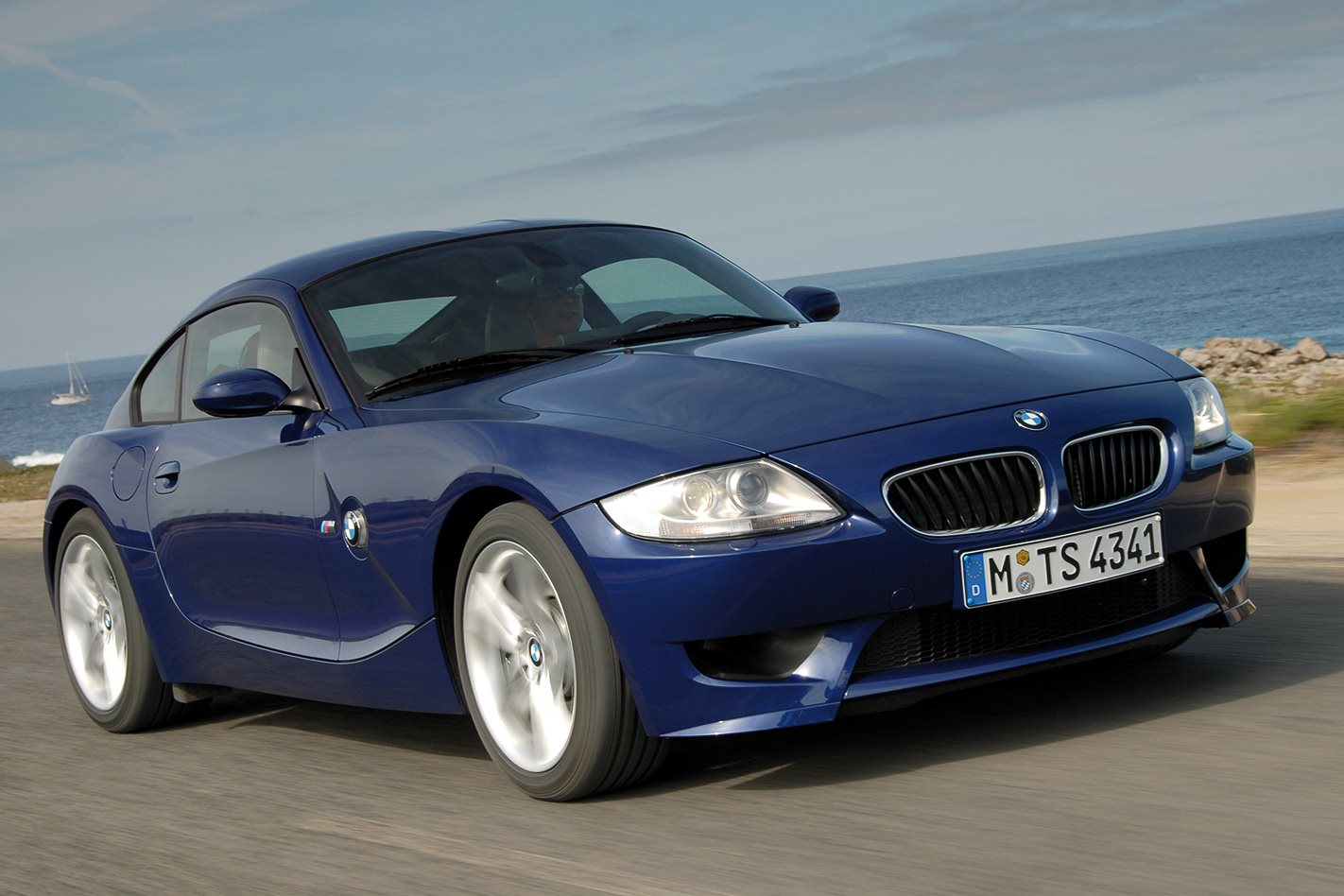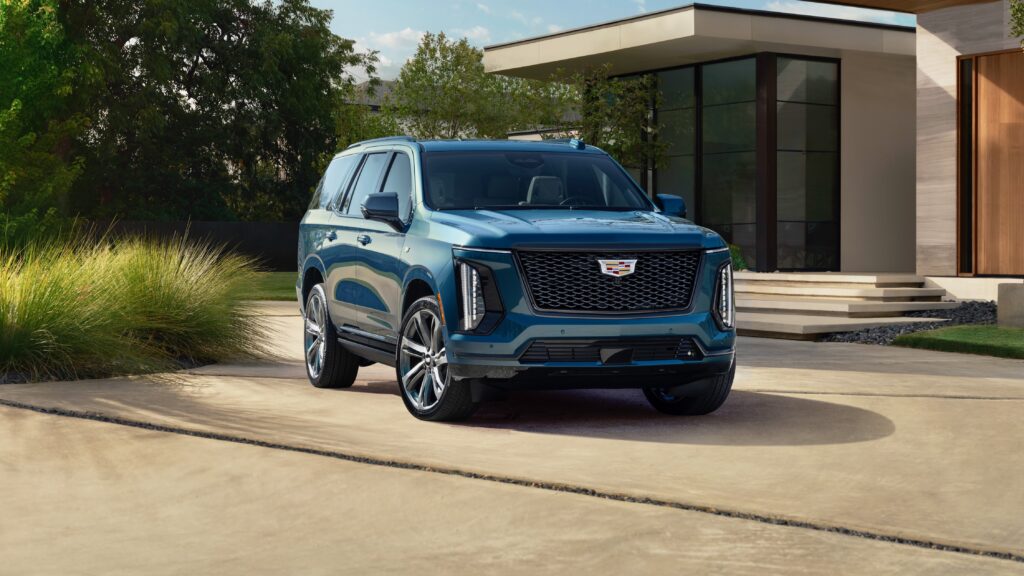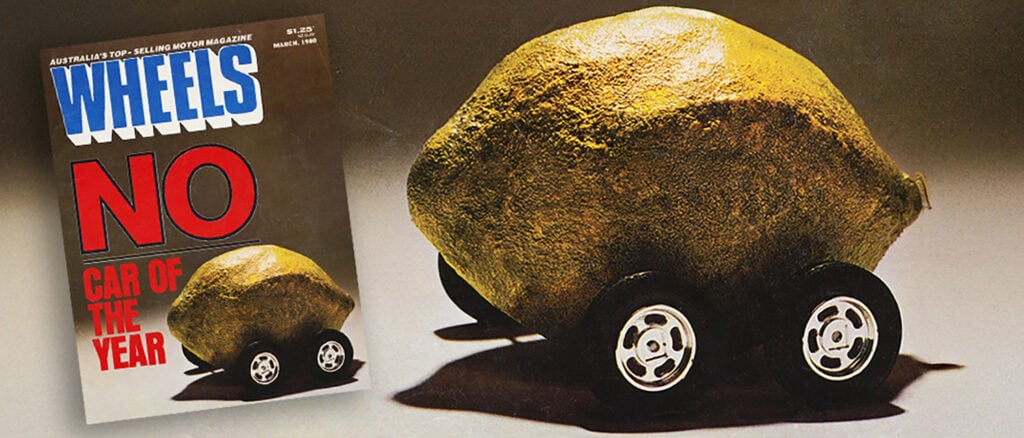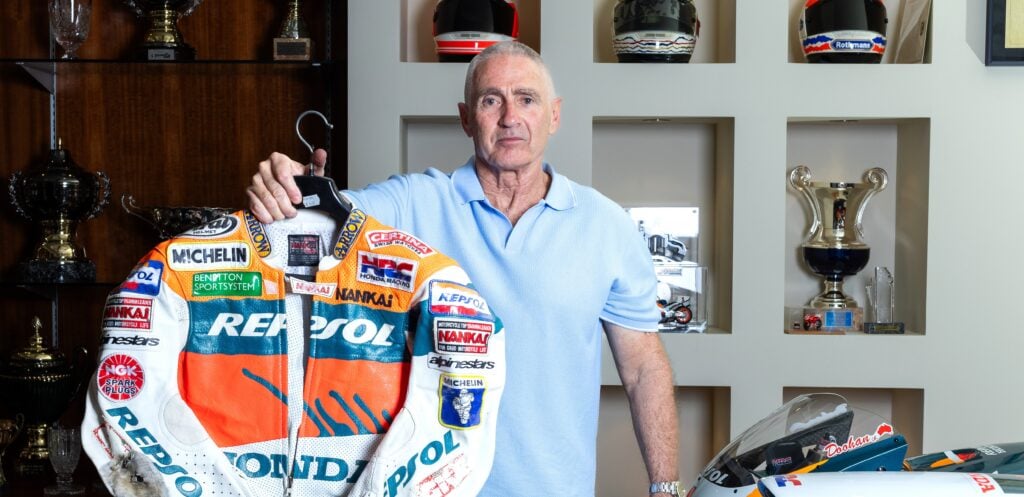FOR every Porsche 911 there’s a whole welter of cars that failed to sidestep the manufacturer’s axe. Does that make them bad cars? Not at all. Some of the models you’ll see in this list are acclaimed as some of the most iconic vehicles of recent years. There are a few that aren’t but they carry their own stories.
Here are the final six of a dozen cars that we reckon died before their time.
Audi RS2 (1994-95) Porsche’s Zuffenhausen manufacturing plant lies in the northern suburbs of Stuttgart, and its inner sanctum is the Rossle Bau factory. This is the birthplace of the mighty 959, a special skunk works reserved for Porsche’s nobility. Yet not all of the cars that have emerged from the gates have borne the Porsche badge. The Mercedes 500E was one and the other was a very special car – the Audi RS2.
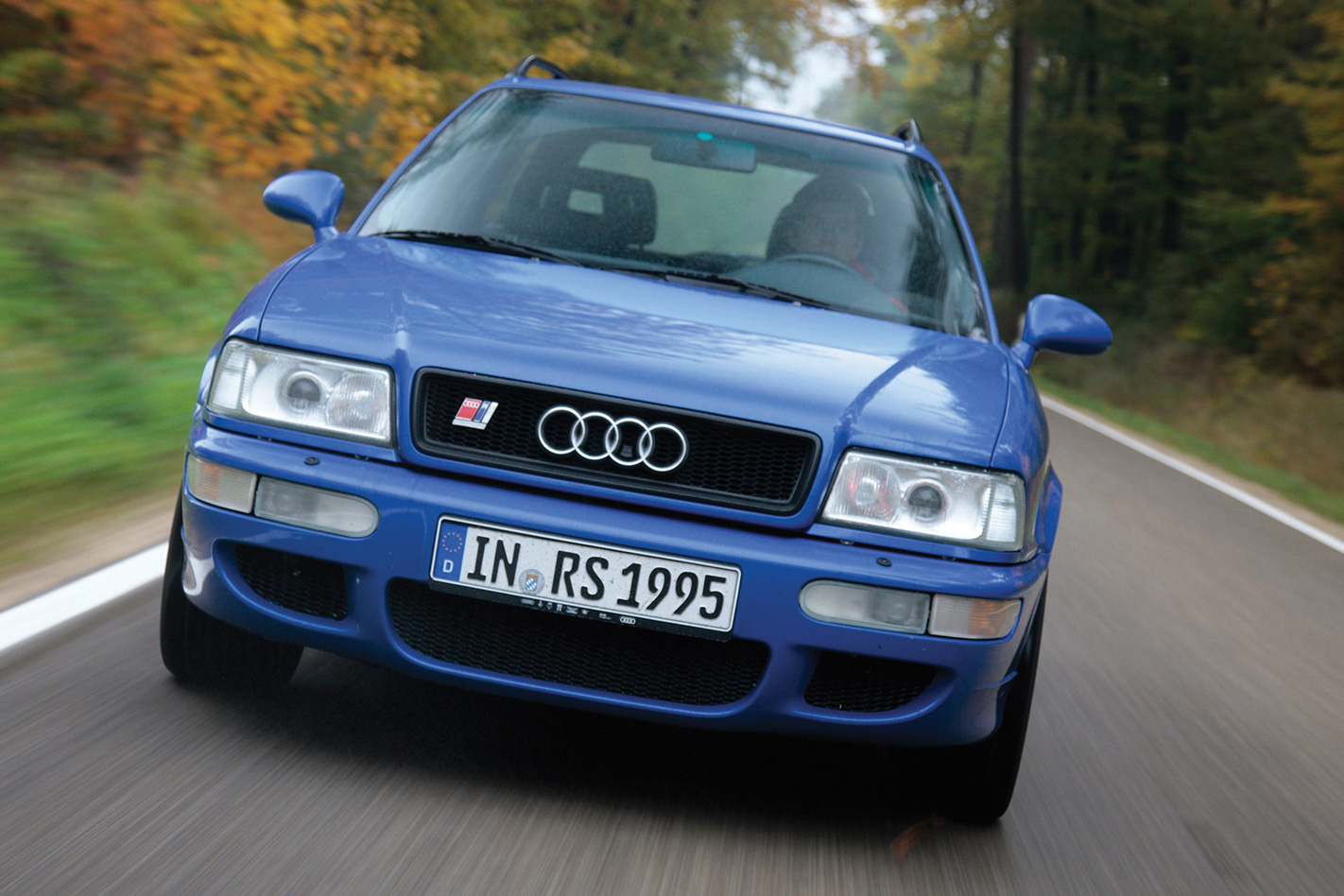
Porsche 968 Turbo (1993-94) The reason for the axing of the Porsche 968 is glaringly obvious. It was replaced as Porsche’s entry-level sports car by the Boxster in 1996. Yet as much as we tend to view the lovely Club Sport as the alpha and omega of all things 968, a little forced induction proves otherwise. The 968 Turbo S was never officially sold in Britain but you’d gladly sit on the wrong side to pedal a car with the cylinder head from a 944 Turbo S and a 3.0-litre 944 S2 engine block. It demolished the 0-60mph sprint in 4.7 seconds and made 153kW. Sadly, only 16 were produced.
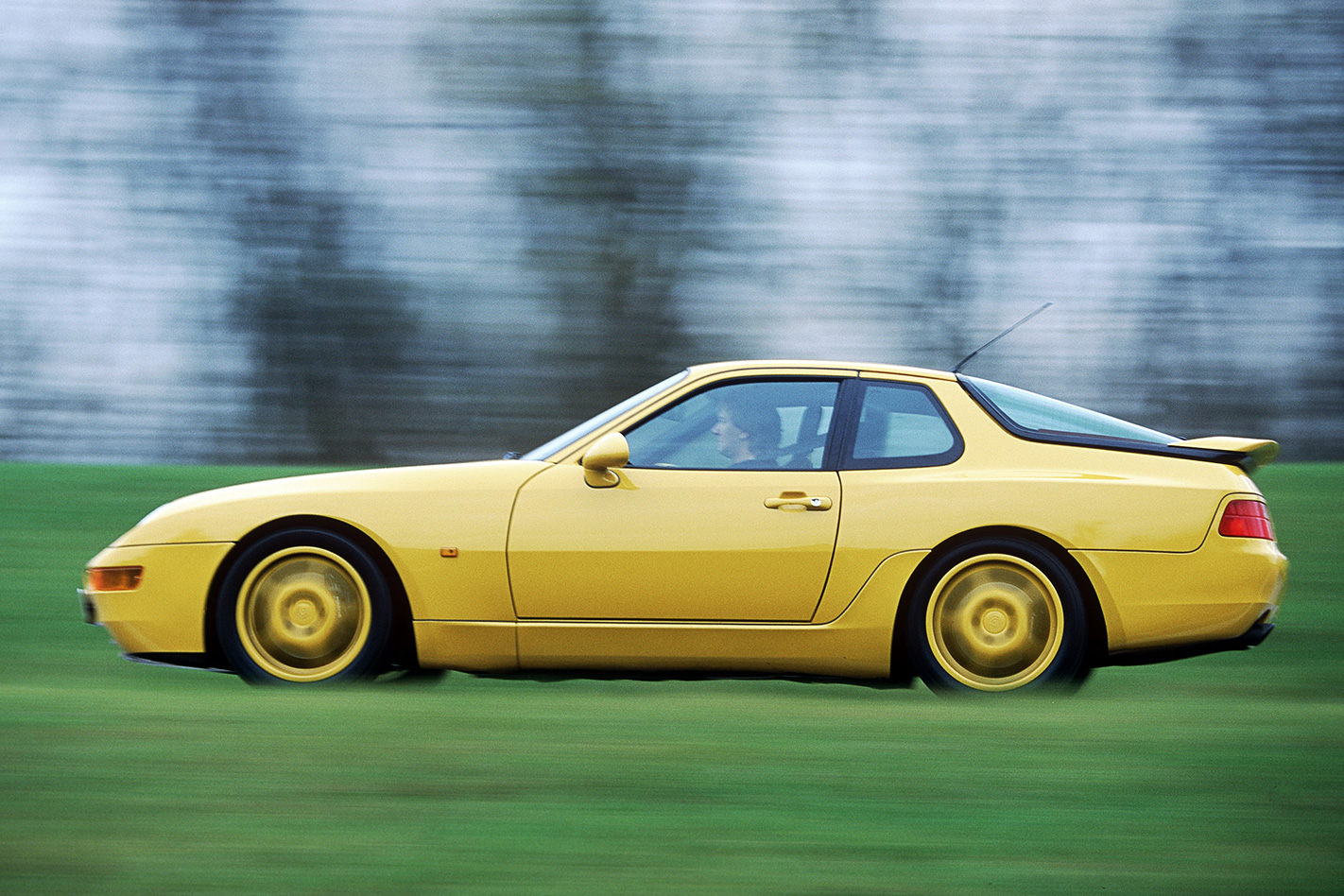
Pontiac Solstice Coupe (2009-10) The Pontiac Solstice Coupe probably doesn’t register large on the radars of Aussie car enthusiasts but it’s a salutary tale that demonstrates that even well-received cars can disappear down the gurgler with nary a trace if the brand’s not doing the business. The Solstice was originally launched in late 2005, and the open-topped car was loved by the media and public alike. The first year’s planned production run of 7000 cars quickly expanded to 10,000 units. But as the 2008 global financial crisis bit hard and discretionary purchases such as cars were amongst the first budget items to be chopped, the US government cut its handouts to General Motors. Despite Pontiac being GM’s third-largest selling brand with 278,000 sales in 2008, enjoying the youngest average age of any GM brand and bringing the lovely Solstice Coupe to market in 2009, the company whose tagline was “We Build Excitement” shut the doors on its Wilmington, Delaware plant, the sun finally setting on the Solstice – and the Holden export program that was sending rebadged Commodores Stateside.
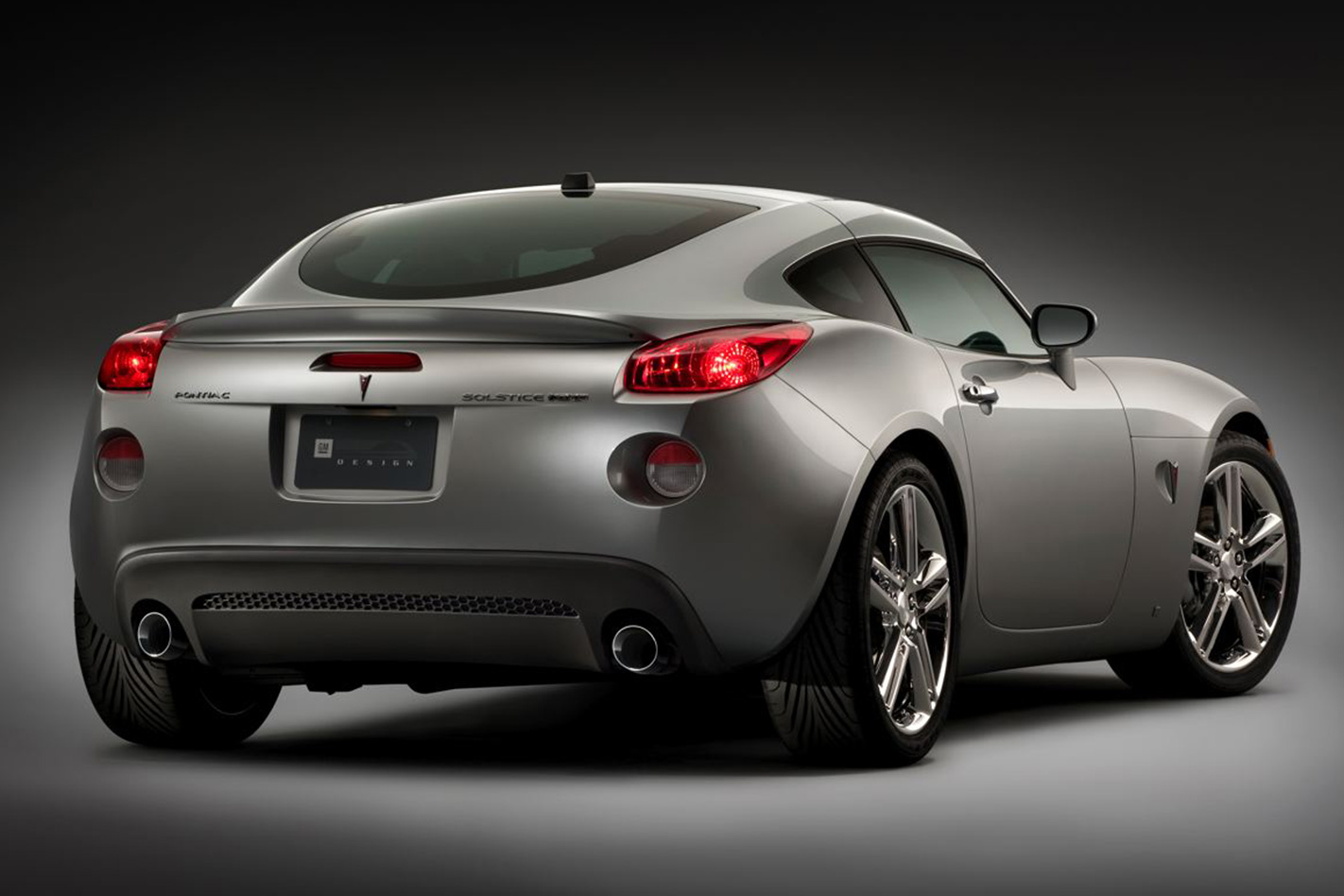
BMW Z4 M Coupe (2006-08) You know the BMW Z3 M Coupe right? You know, the bread van, the clown shoe, the weird-looking thing hatched in a basement? Well this isn’t it. This is its successor, the Z4 M Coupe. It didn’t get any nicknames because it never really generated much traction with the public. The Z4 M Coupe should have been off to a flier. It was introduced to the public in a gap between the end of the E46 M3 and the introduction of the E92 M3 so it was, for a short while at least, the most focused sports car in BMW’s line up. Despite all this, it always felt like a car that could never live up to its predecessor.
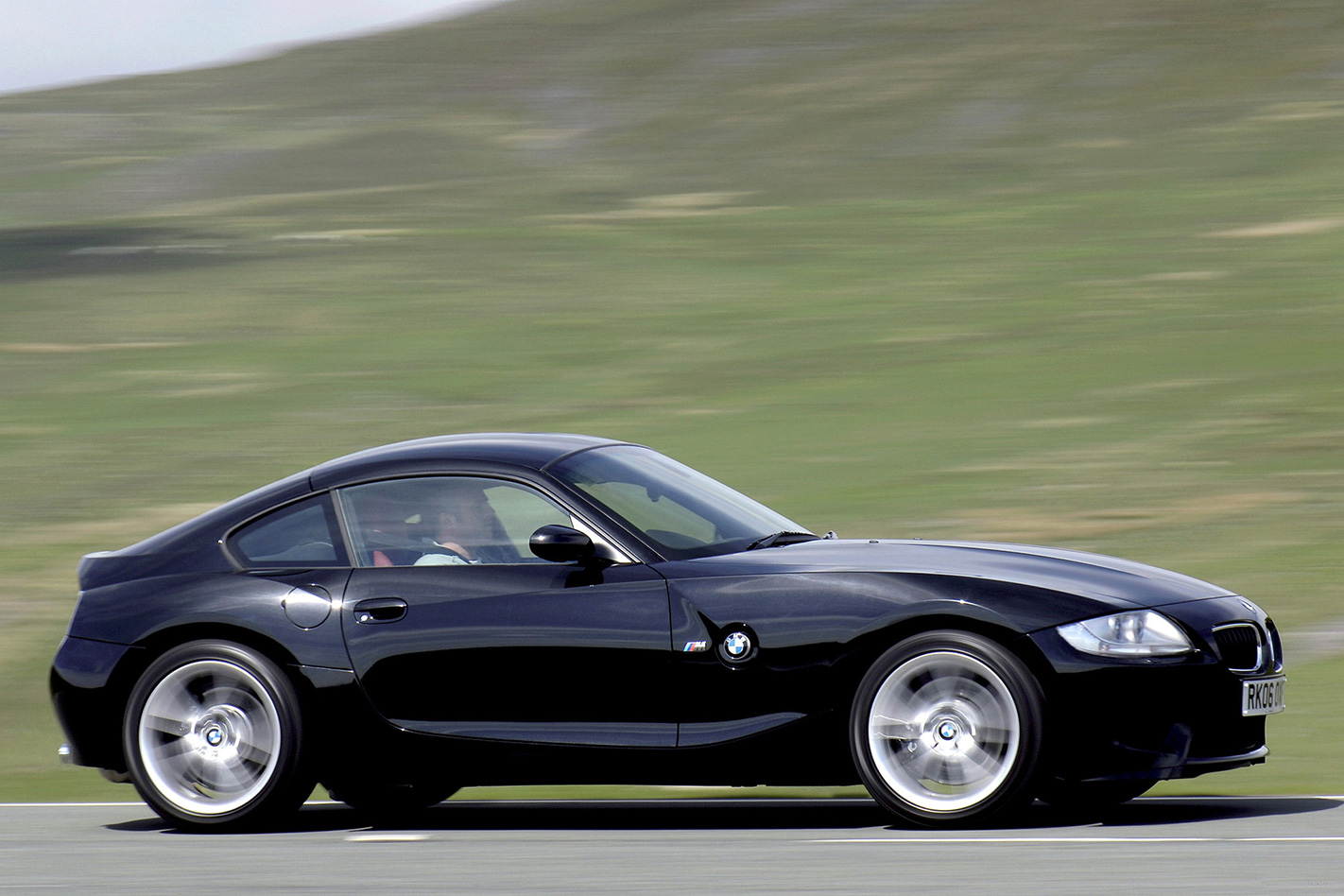
Holden Commodore VFII (2015-17) Yep, the good ol’ Commo, a car that really got into its stride in VFII guise is one that’s facing the chop way too early. How many other cars can you think of that still register in the top 10 best sellers and then get the chop. Of all the cars here, the Commodore is the one that leaves the biggest hole, will cause grown men to cry into their beer and which will represent the biggest change in culture. Sceptics will say that bankrolling the VE did little for Holden’s chances and that our market is too small for a car such as this, despite a recent export rally to the US.
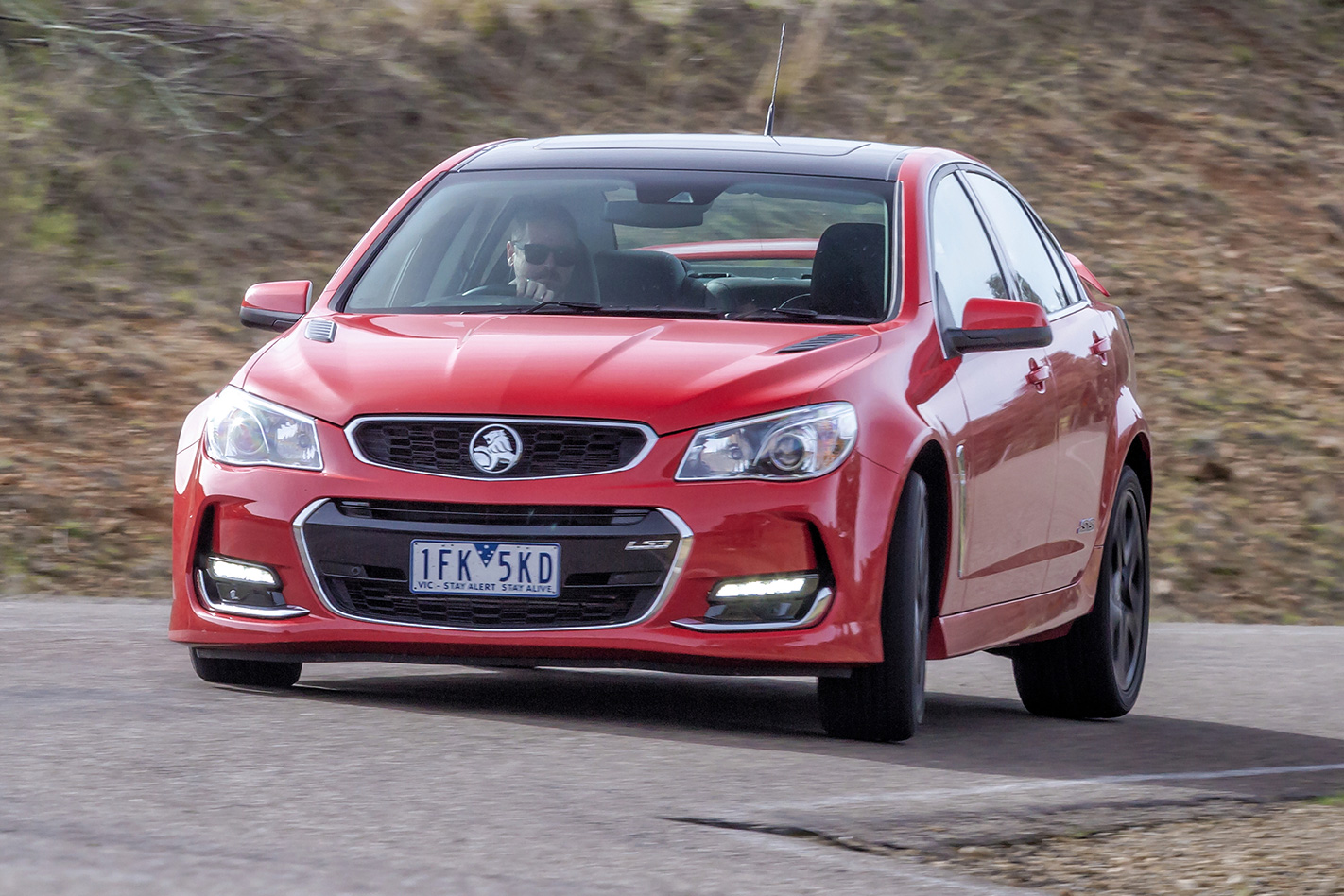
Delorean DMC-12 (1981-82) We end with a car that was never any good. The Delorean DMC-12 was, is and will always be an awful car to drive. It was a lash-up from the start. Originally designed to house a lightweight mid-mounted rotary engine, the DMC-12 was produced with a rear-mounted anvil of a Renault V6 that managed an asthmatic 112kW. John Delorean had gathered investment based on the assembly facility being located in Puerto Rico but switched to Northern Ireland, while Colin Chapman set about redesigning his car to something remotely capable of making production.
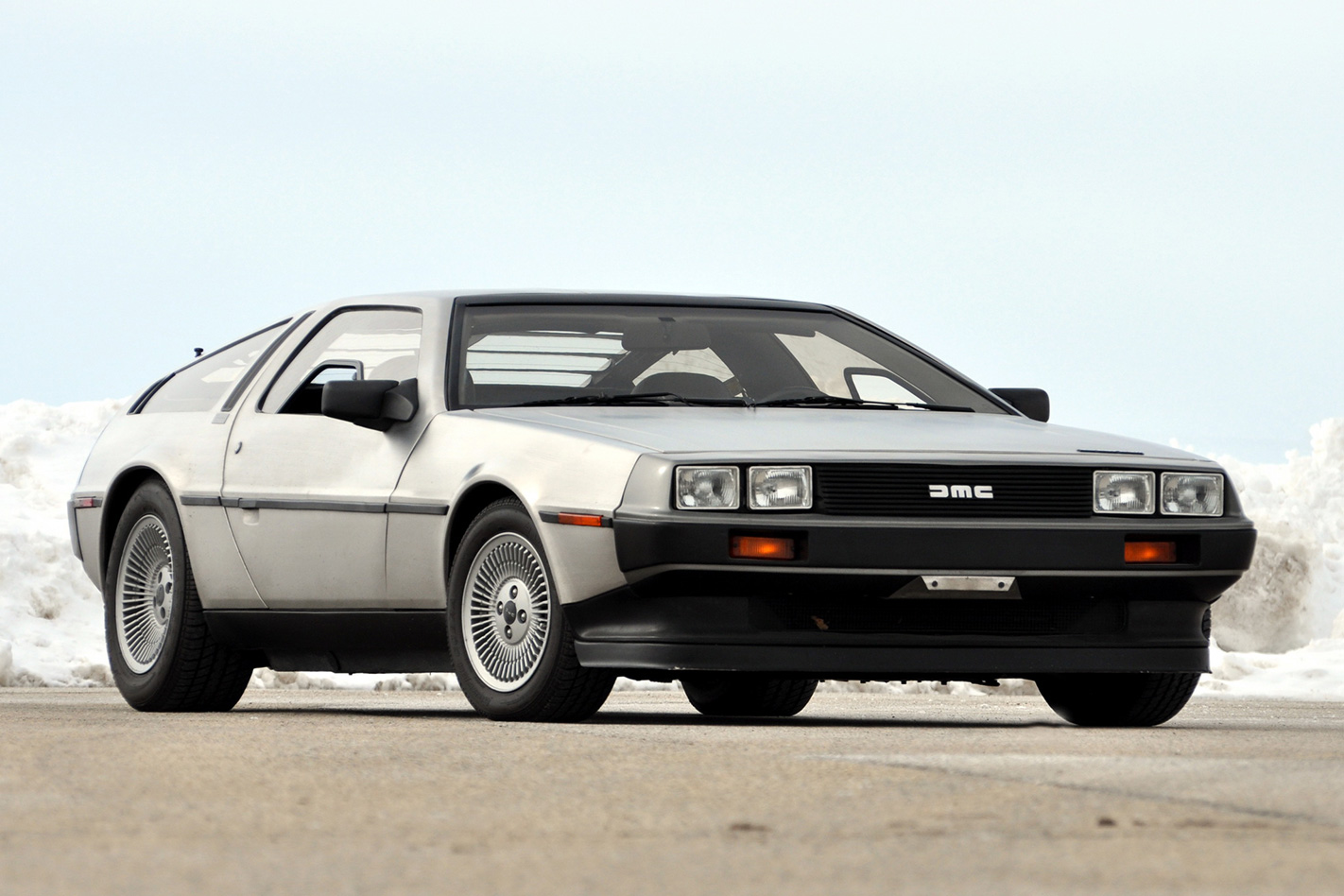
Any cars we’ve overlooked? Let us know!


